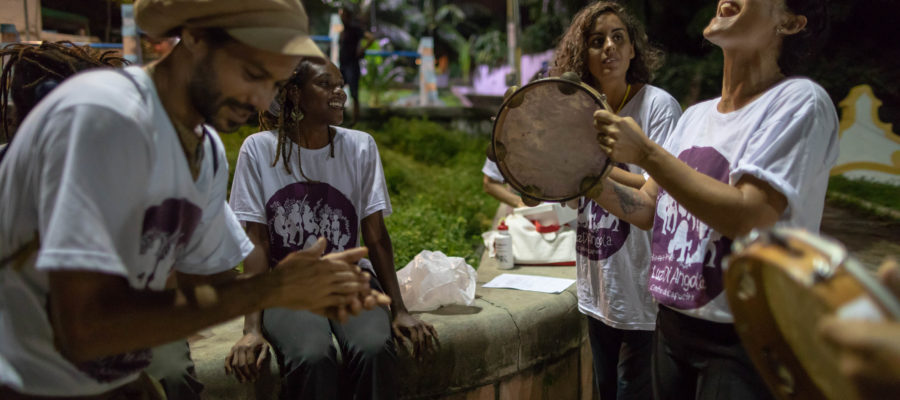It can be tricky motivating learners even in a face-to-face classroom. Each learner has their own interests, their own personalities, their own reasons for being in class, and sometimes, finding an activity that gets everyone engaged and talking can be difficult.
This problem is compounded in a virtual classroom where it can be doubly tough…
Putting students in breakouts rooms to tell their partner what they did last weekend’ might not bring about the speaking practice we’re hoping to get out of the students. What we need is an activity that will motivate students to want to jump in and share their thoughts and opinions.
Using critical incidents to motivate
The Critical Incident Technique was first developed by psychologist John Flanagan (1954) and has been widely used in intercultural skills training. As an intercultural skills trainer, I’ve experienced how critical incidents can successfully increase the trainees’ engagement with a topic and so I began using them in my English language classes, and time and again, I’ve been impressed by how much it gets my students talking.
So what are critical incidents? They are stories, or mini case studies, that feature some kind of conflict, or breakdown in communication, or misunderstanding.
Here’s an example:
When Rami invited his friend Karl to his family home, Karl was a little amused at how often he was offered food. He stayed for dinner but decided he was full after the main course. So when Rami’s mother offered him dessert, Karl politely said, “No, thank you.” To Karl’s surprise, Rami’s mother continued to insist that he had dessert.
A week later, Karl invited Rami to his family home for dinner. Rami was hungry that day and was looking forward to dessert. At the end of the main course, Karl’s mother asked “Would you like some dessert?”. Rami very politely said, “I couldn’t possibly.” To Rami’s surprise, Karl’s mother replied, “Okay then.”
After looking at the critical incident, students can then be asked…
- What do you think happened? What do you think caused the misunderstanding?
- What would you do if you were Karl? What would you do if you were Rami?
Critical incidents often trigger strong opinions and emotions. When using such activities, it isn’t uncommon for students to be eager about sharing their points of view with their partner/the class. As the critical incident is often about a hypothetical situation, or a story about someone not connected to the students, students get to experience the conflict without risk to themselves and are not pushed to make these stories personal.
Nevertheless, after a critical incident is presented, students often inevitably bring in personal stories inspired by the critical incident. This might be partly due to the fact that the critical incident serves as a trigger for memories of similar experiences, and can often work better than asking students out of the blue to ‘share a story about a time when you misunderstood someone’. The critical incident also exposes students to a model/example text that students can base their own stories on. By the time students choose to share their personal stories with the class, they have already been suitably scaffolded.
As well as being a great vehicle for teaching intercultural skills and communication skills, critical incidents offer great speaking practice as they get students participating in authentic interactions with a real reason to communicate. They also naturally provide contexts for useful language and fixed/semi-fixed expression, and are a good springboard to roleplays and even writing tasks.
But most importantly, when learners are highly motivated to want to communicate their thoughts about a topic, no virtual environment can stop them. And that’s what I’ve found critical incidents have done for me.
Want to learn more about incorporating critical incidents and hypotheticals into your English classes? Watch Chia and Jair’s full webinar HERE.


